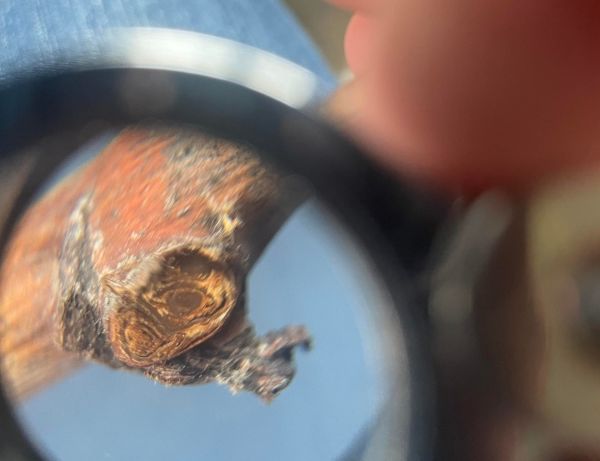
Bud damage courtesy of Jeremy Petty.
Walla Walla Valley and Lake Chelan appear hardest hit
Growers across the Columbia Valley have spent the past few weeks assessing the impacts of frigid temperatures January 12th through 16th. Some vineyards reached temperatures as low as –11 degrees Fahrenheit. Unplanted areas saw even colder temperatures, including record lows.
While it remains early on in assessment, most areas report seeing some damage. The severity ranges from marginal to potentially severe.
However, many are cautiously optimistic that the state dodged the worst of it. Below is a survey of the impact in growing regions across eastern Washington.
Walla Walla Valley
“It’s not a catastrophe, but it’s not great,” says Chris Figgins, president of Figgins Family Wine Estates in Walla Walla Valley. The valley appears to be one of the most affected regions.
“We have everything from ‘We’ll pick a normal crop off that if we get good bloom weather to hopefully we get 50% off that,’” Figgins says.
Jeremy Petty of Walla Walla Vineyard Management oversees approximately 100 acres in the valley. He says what he has seen thus far is not encouraging.
“I’m 1,000 buds in, and I literally could count on both hands what I’ve seen alive,” Petty says.
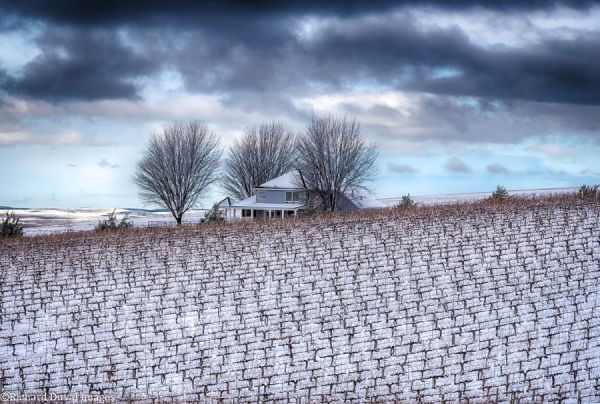
Yellowbird Vineyard, Walla Walla Valley, January 11, 2024. Richard Duval.
Walla Walla Valley has approximately 3,000 acres planted. (Washington has 60,000.) The growing region is varied in terms of soil type, precipitation, elevation, and cultivars planted. That and other factors can lead to differing impacts during freeze events. Some damage from the January event appears to be even more nuanced.
“I’m seeing high variability even within the span of a mile or so,” says Cody Copp, assistant professor of practice at Oregon State University’s Extension Service.
The January freeze also differed from other recent cold events. There was no temperature inversion.
“For the first time in my career, the higher sites got colder than the lower,” says Figgins.
It dipped to –10.5 degrees at FIGGINS Vineyard, which tops out at approximately 1,700 feet above sea level. By comparison, areas in the Rocks District, a nested appellation on the Oregon side of Walla Walla Valley, hit –8 degrees. The appellation, located between 800-1,000 feet above sea level, often sees the valley’s coldest temperatures during freezes.
Overall, it will take several months to fully understand the impact. “We definitely expect a lighter crop, and people are going to be adjusting their pruning strategies,” says Copp. “But I would say it’s a little too early to tell what that’s going to look like.”
Lake Chelan, Rocky Reach & Naches Heights
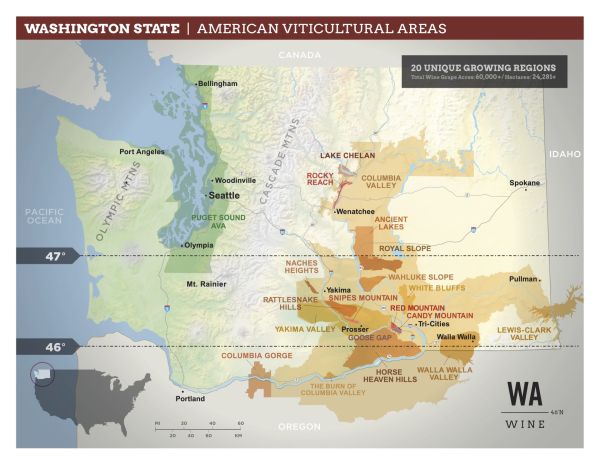 Lake Chelan in the northern part of the Columbia Valley also appears to be one of the harder hit areas. The valley is home to approximately 300 planted acres.
Lake Chelan in the northern part of the Columbia Valley also appears to be one of the harder hit areas. The valley is home to approximately 300 planted acres.
“I’m really not expecting much crop this year,” says Don Phelps, owner and vineyard manager at Hard Row to Hoe. “I cut some Cab Franc and some Riesling buds, and I didn’t find much in there but brown.”
The extent of damage in previous freeze events has often been dictated by proximity to the lake, which has a warming effect. “The farther the vineyard is from the lake, the more severe the crop loss,” says Tom Pettigrew, owner of Chelan Vineyard Management.
Pettigrew says High Blossom Vineyard, a site for Amos Rome, dipped to –10 degrees for five hours on January 13th and –9 on January 12th. There was 25% primary bud loss in Riesling. The vineyard is just under 2,000 feet above sea level, one of the highest in the Columbia Valley. Pettigrew expects to see little damage at the winery’s vineyards by the lake.
Overall, Pettigrew says it could have been much worse. “We’re only talking about primary bud loss. So while it’s a problem, it’s not catastrophic.”
John Ware, president of Rocky Pond, says it’s too early to assess the impact in Rocky Reach. The appellation is just south of Lake Chelan and has approximately 117 acres planted.
To the south at Naches Heights, grower Phil Cline says temperatures reached –5 degrees. However, his site fared well.
“We’ve had very limited damage,” Cline says. “The most we’ve seen was in one year-old vines.”
Yakima Valley, Red Mountain, Candy Mountain & Rattlesnake Hills
Yakima Valley and Red Mountain, meanwhile, appear to have fared better than many areas. Grower Dick Boushey, who owns a vineyard in the valley and manages numerous sites on Red Mountain, says his vineyard hit a low of 0 degrees. Still, there was some damage, particularly in Syrah.
“At most, I’ve seen maybe 70% primary bud damage, but it was isolated,” Boushey says. “Red Mountain, there is Syrah damage, but it’s very hit and miss. In Cab at Red Mountain, I don’t know if I’ve found any damage.” (Red Mountain is 60% planted to Cabernet Sauvignon.)
Marshall Edwards, vineyard operations manager at Shaw Vineyards, says he’s seeing between 10-20% primary bud damage in most varieties on Red Mountain. “The higher you go on the mountain the more damage we are seeing,” Edwards says. He says that nearby Candy Mountain saw limited amounts of damage.
At Hyatt Vineyards in the Rattlesnake Hills, temperatures reached –1 degrees. General manager Caleb Foster says he’s currently optimistic.
“I couldn’t find damaged buds. So far, I think we’re going to be having a normal crop.”
The Washington State University (WSU) extension program published the following table on its cold hardiness page. The data are from a vineyard in Prosser in Yakima Valley. (Note: Cabernet Sauvignon, Chardonnay, Riesling, Merlot, and Syrah are by far Washington’s most produced grape varieties.)
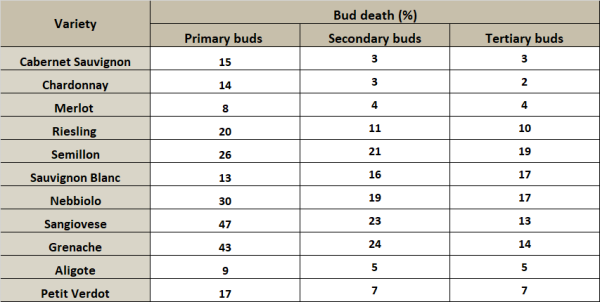
Ancient Lakes, Royal Slope, Wahluke Slope & White Bluffs
Ryan Flanagan, director of vineyard operations for Milbrandt Vineyards, says it reached –6 degrees at the company’s vineyards in the Ancient Lakes. He reports seeing some bud damage but is waiting until early March to make a full assessment.
“We’ve run into that before where we’ve thought ‘Okay, it’s not too bad,’ and then get whacked again,” Flanagan says.
Josh Lawrence, owner of Lawrence Vineyards, which has sites on the Royal Slope and the broader Columbia Valley, says he’s also in “wait and see” mode. It reached –10 degrees at one of his sites.
“What we are doing is we’re leaving more buds, just out of precaution,” Lawrence says.
The Wahluke Slope saw low temperatures of –4 degrees. However, this area and the White Bluffs currently appear to have escaped the worst of it.
“We’re anticipating having a pretty normal harvest, normal tonnage,” says Danny Gordon, general manager at Sagemoor Vineyards. “It might take a little more effort and labor.”
Horse Heaven Hills & Columbia Gorge
Horse Heaven Hills grower Rob Mercer says the area fared well. “We have maybe 15% primary damage, but generally speaking, everything’s going to be just fine.”
James Mantone, owner and winemaker at Syncline Winery in Lyle, says the Columbia Gorge was affected. “We definitely suffered some damage. It’s variable, site by site, variety by variety, and clone by clone.” Generally speaking, Grenache and Syrah appear to have been the most impacted varieties.
Some damage worse than expected
While the extreme cold temperatures were problematic, the duration of the cold, and perhaps the warmth that preceded it, added to the impact. Some growers saw damage beyond that expected for the given temperatures. Markus Keller, Chateau Ste. Michelle distinguished professor in viticulture at WSU, explained why on a February 1st Zoom discussion on cold hardiness. (NB: There will be an additional Zoom discussion February 15th.)
“The water in the bud outside remains frozen long enough to suck water out of the interior tissues and dehydrate the buds to the point that they will just die from dehydration,” Keller says.
Determining the extent of cold damage always takes time to play out. For areas in Washington that appear hard hit, Keller urges caution.
“If you already know you have 100% damage, you might be surprised,” he says. Keller advised waiting until three weeks after expected bud break to make a final assessment.
Event was far from unprecedented
While the January freeze clearly did some damage, the event was not without precedent. Areas of the Columbia Valley often see pockets of winter damage. Historically, extreme cold events like the one in January have also occurred.
“Where we’re growing grapes, we do expect those sorts of temperatures periodically,” Copp notes.
No one thus far has reported seeing vascular damage to the vines. That bodes well for areas that were harder hit.
Numerous people also noted that the freeze came at a time when the state, generally speaking, has an oversupply of fruit. While the freeze is a blunt instrument, that might lessen the blow. It does, however, add to growers’ concerns.
“Of course, farmers would prefer not to be the ones to get hit when you’re right-sizing an industry,” Lawrence says.
NB: This article has been updated to include additional information from Red Mountain and add information about Candy Mountain.
Northwest Wine Report is wholly subscriber funded. It is my primary source of income. If you find value in the articles here and have not already subscribed, I urge you to do so. The site currently has only 93% of the minimum number of subscribers needed. I have to cease publication unless more readers subscribe. Please subscribe.
To receive articles via email, click here.



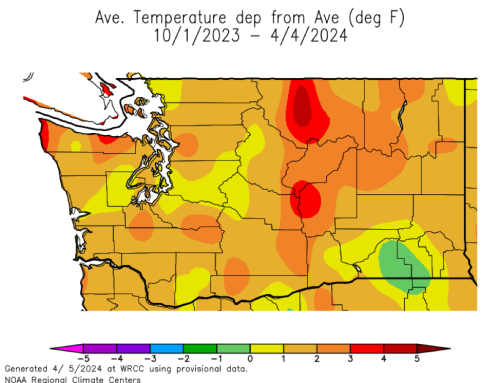
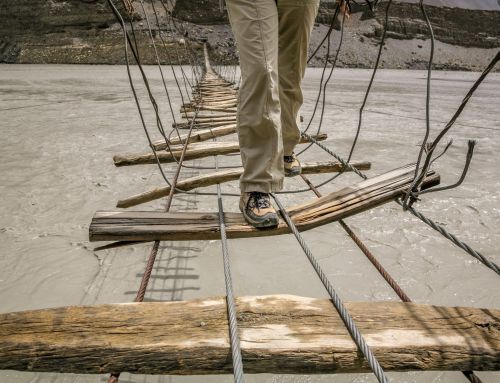
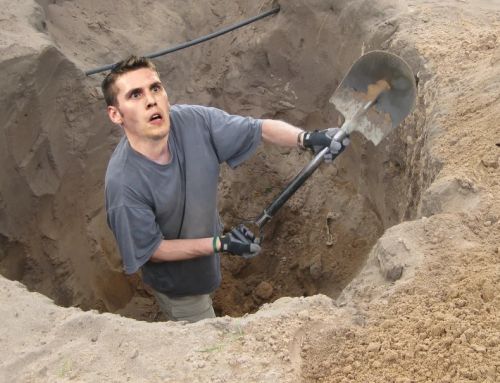

Excellent article!